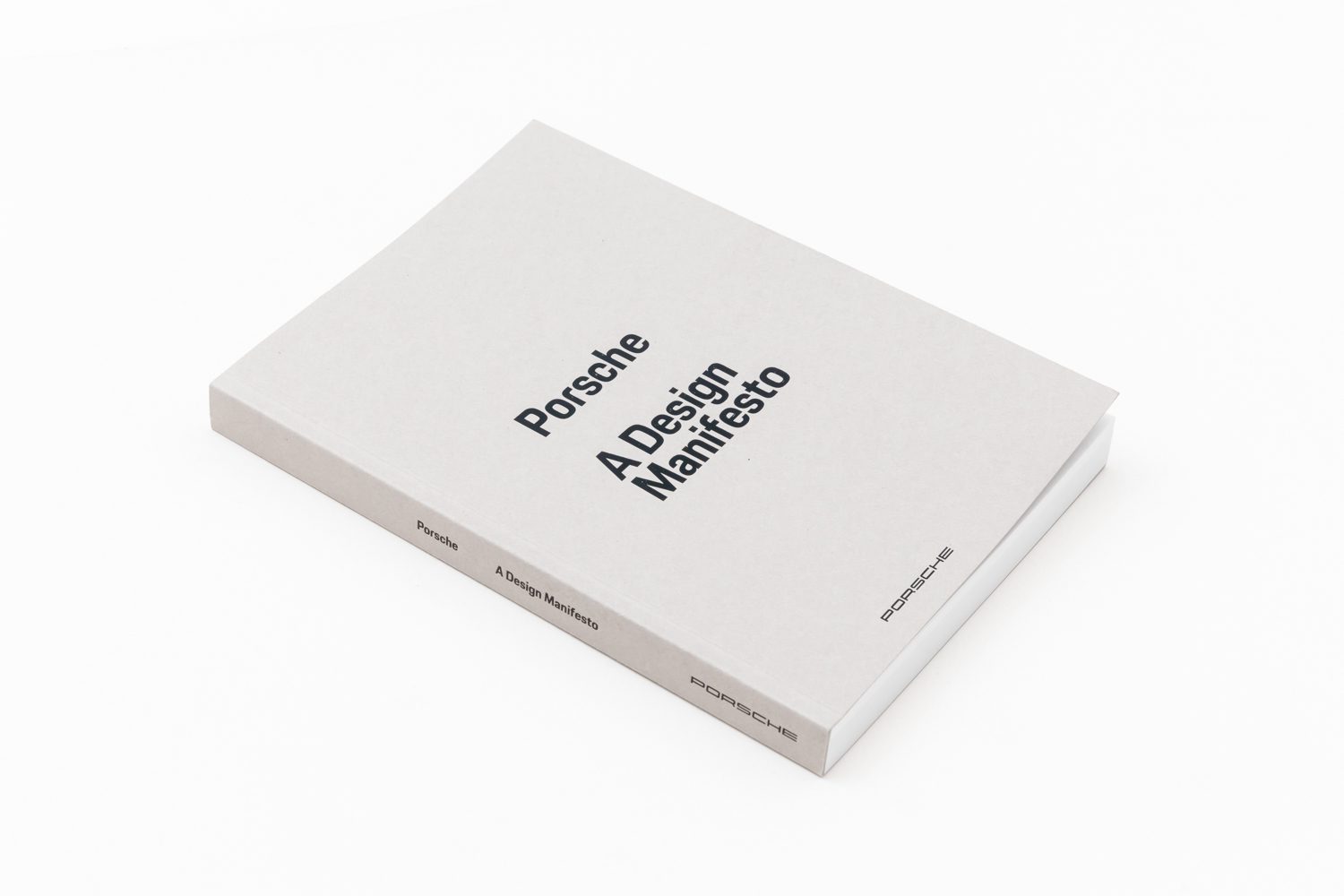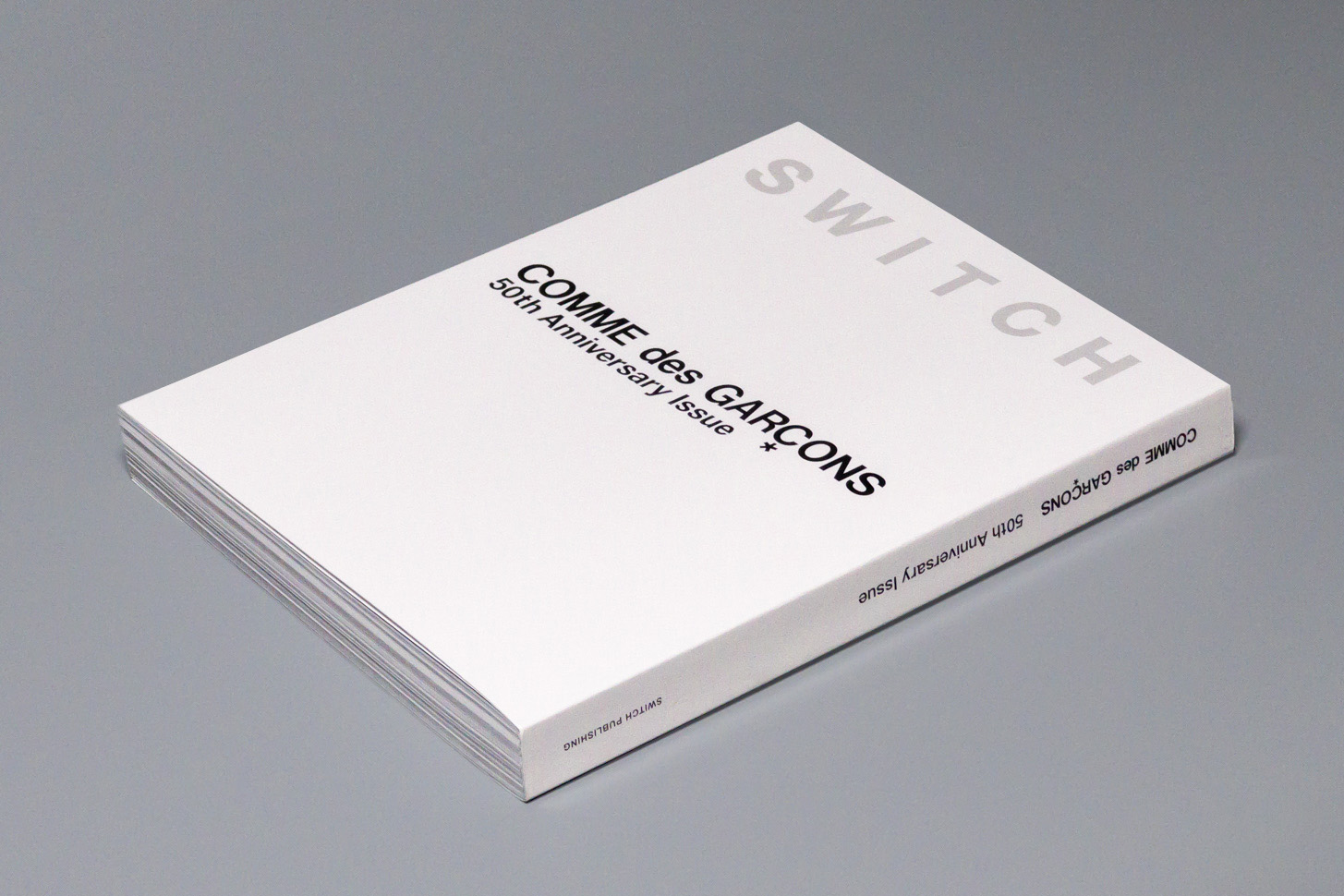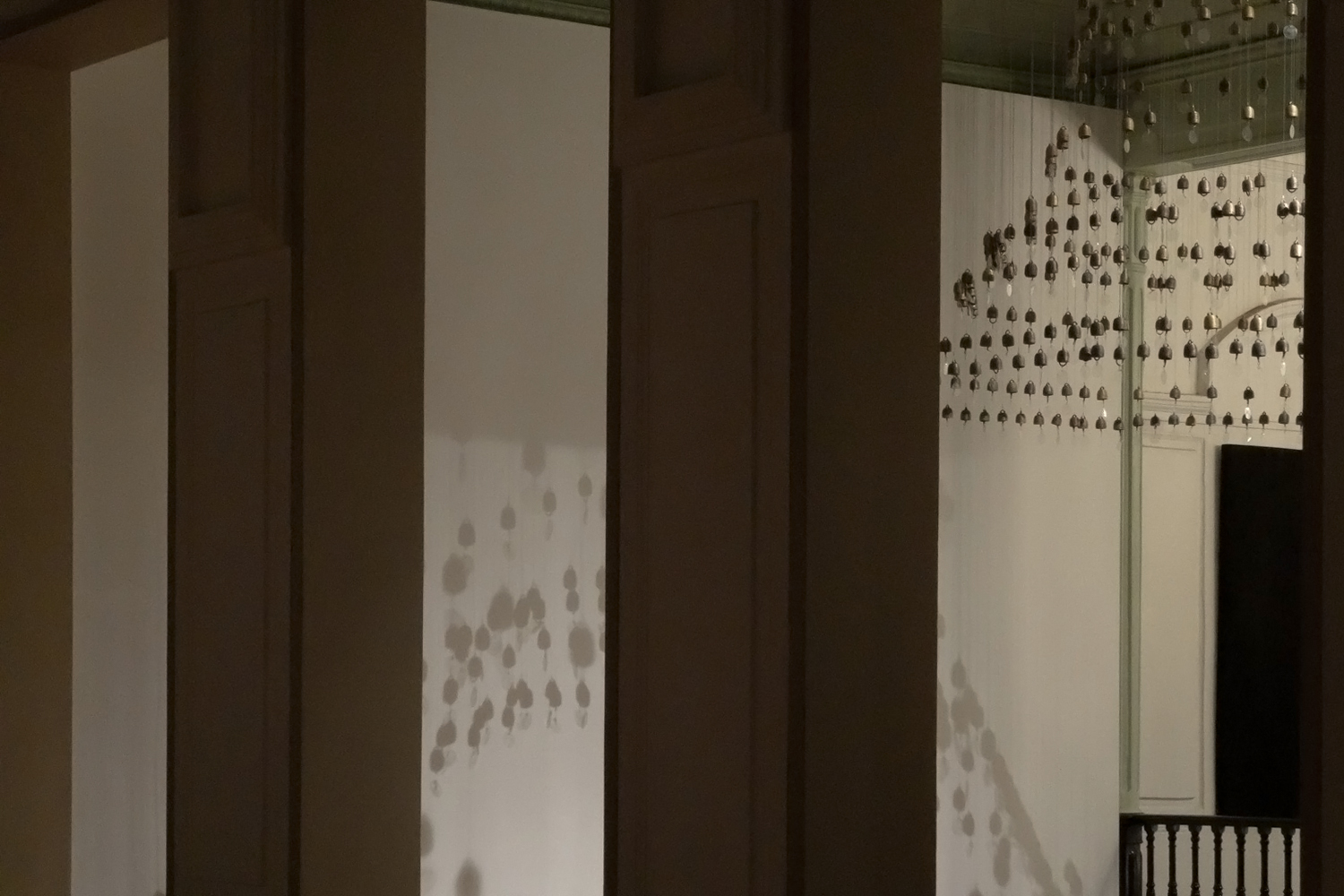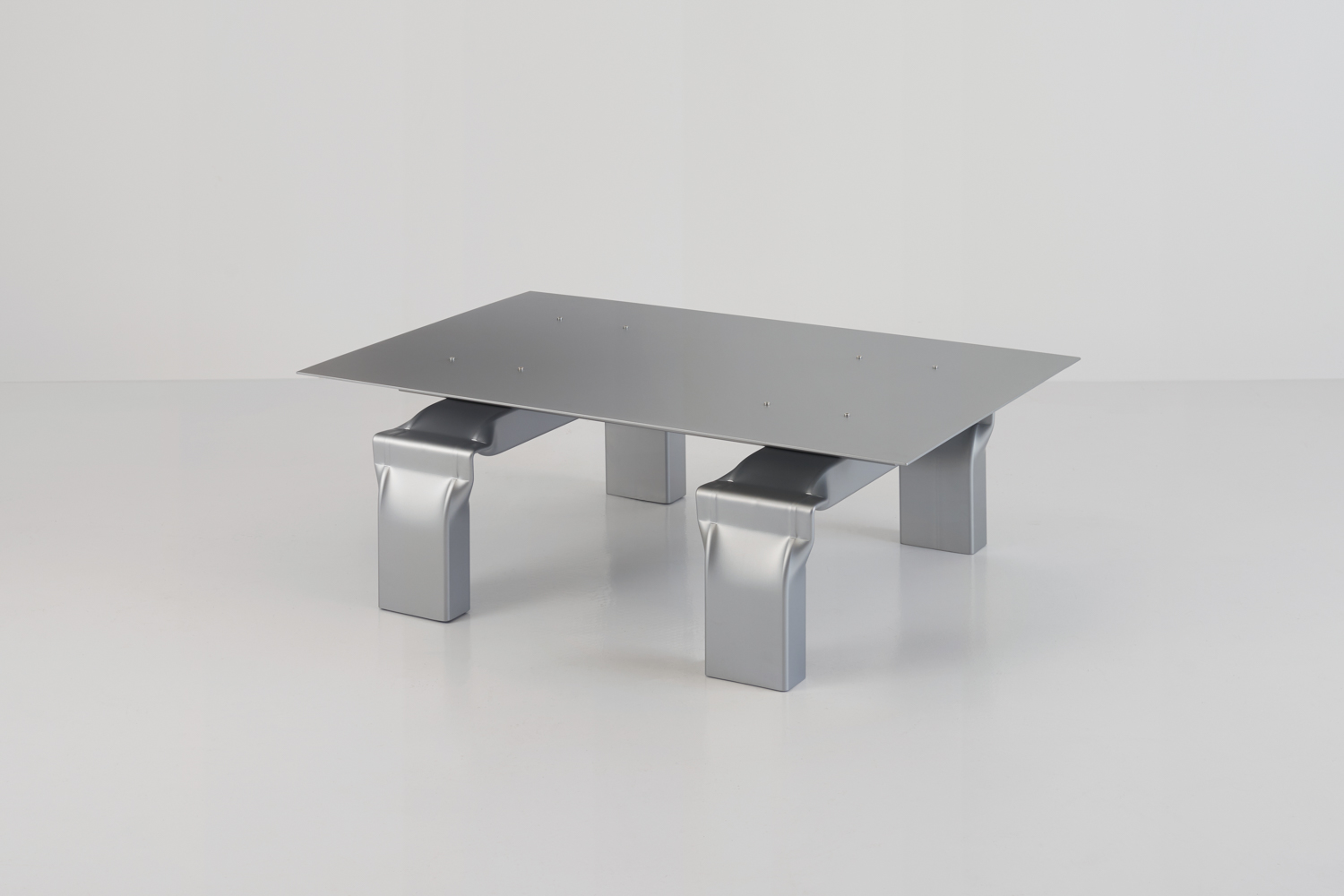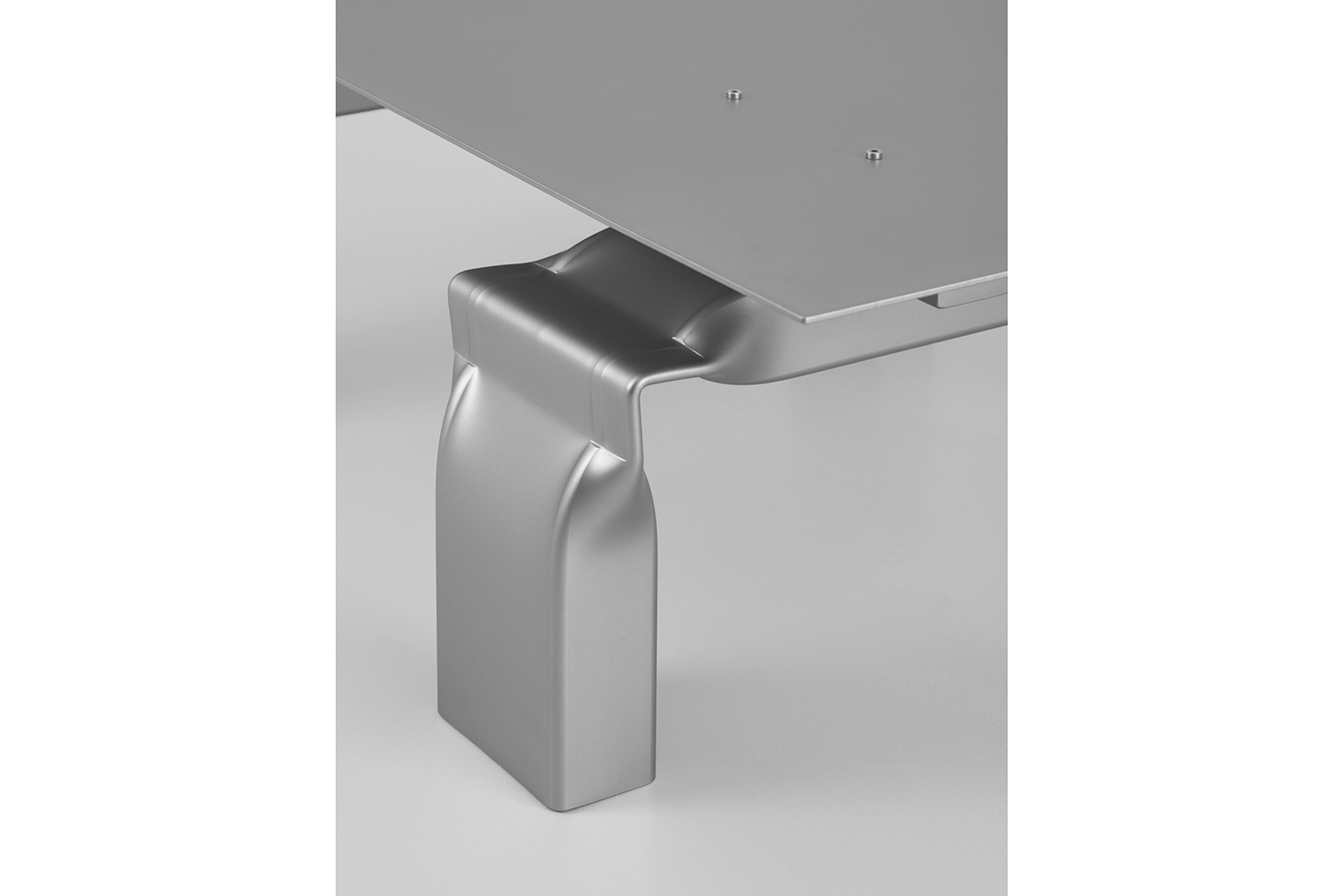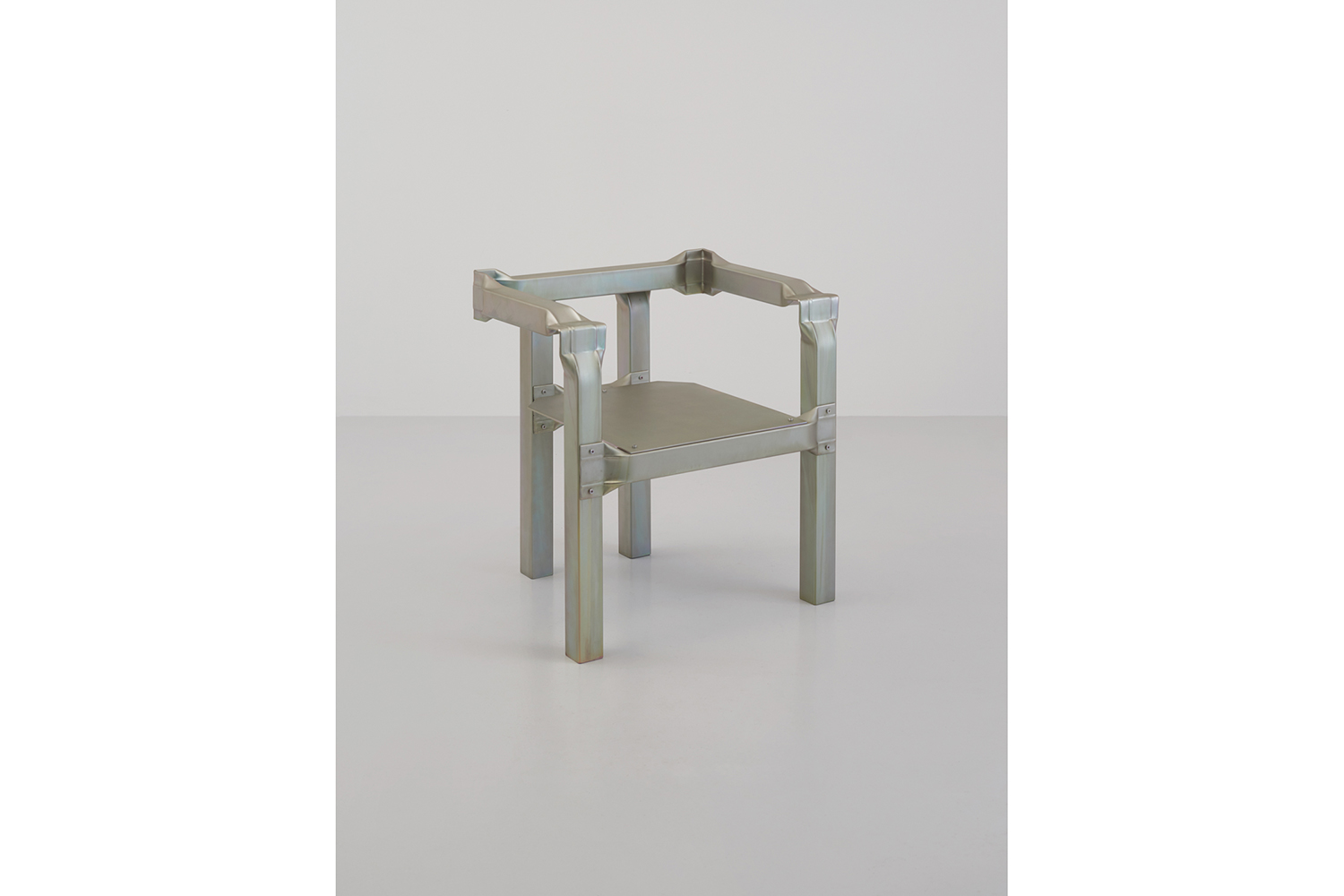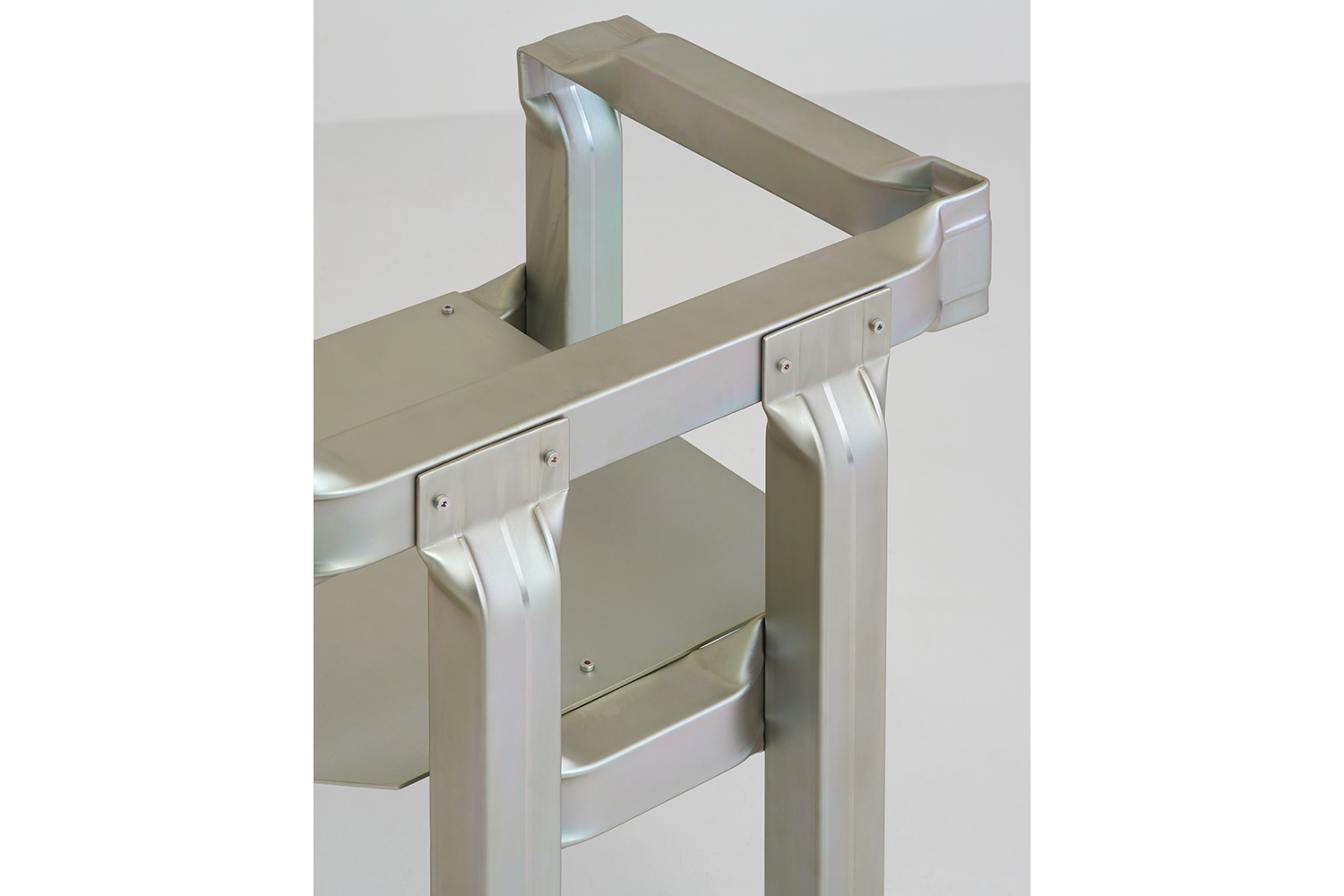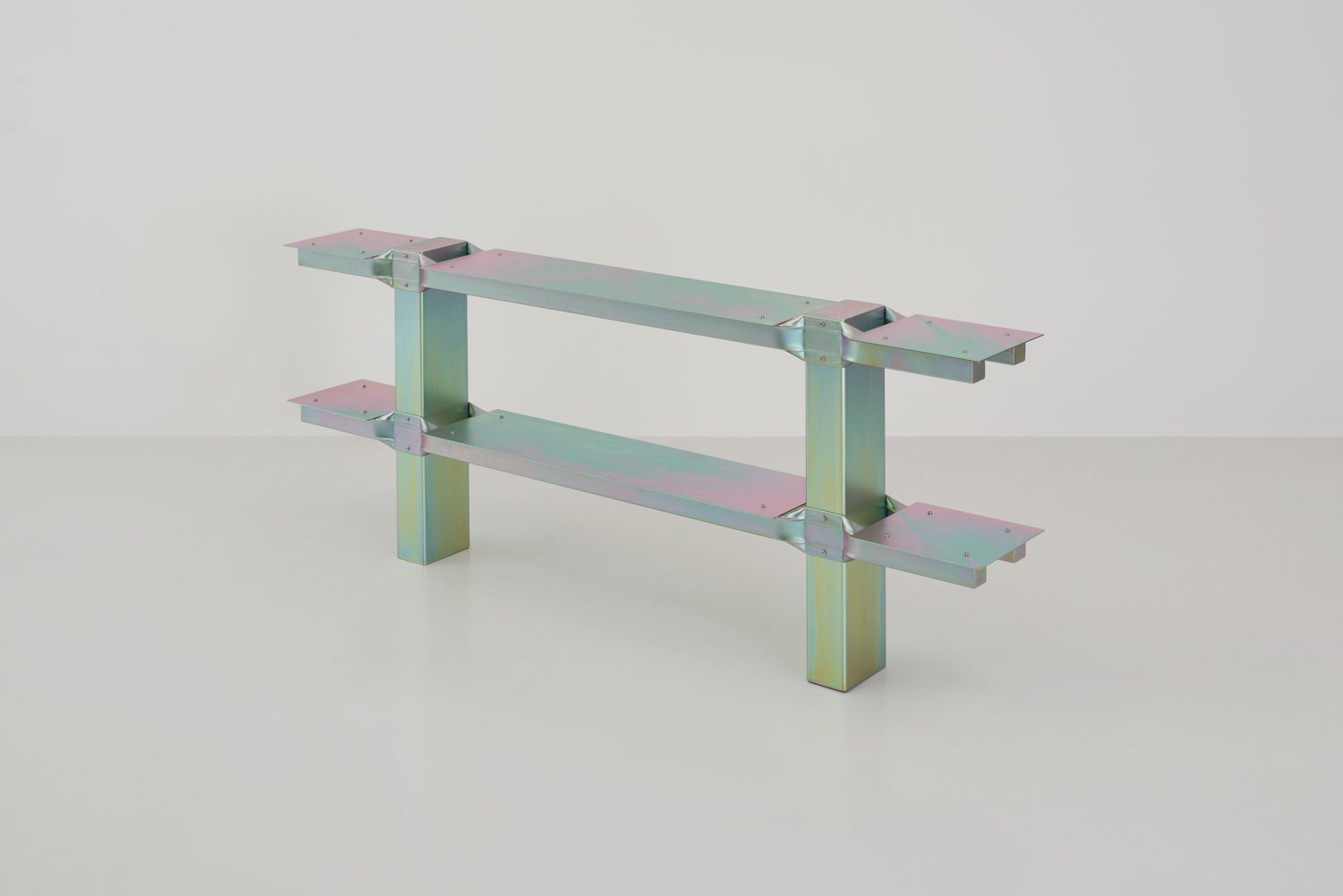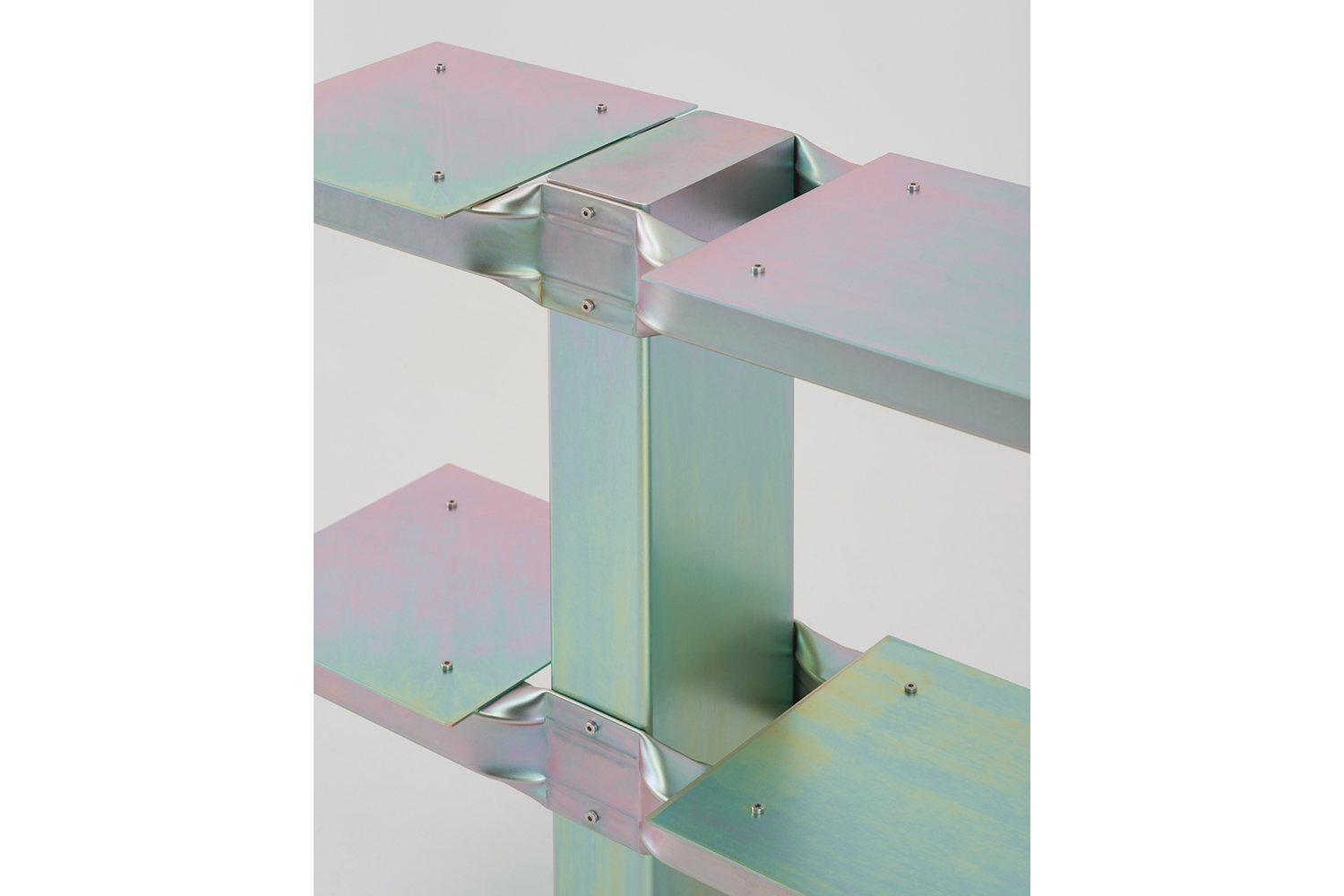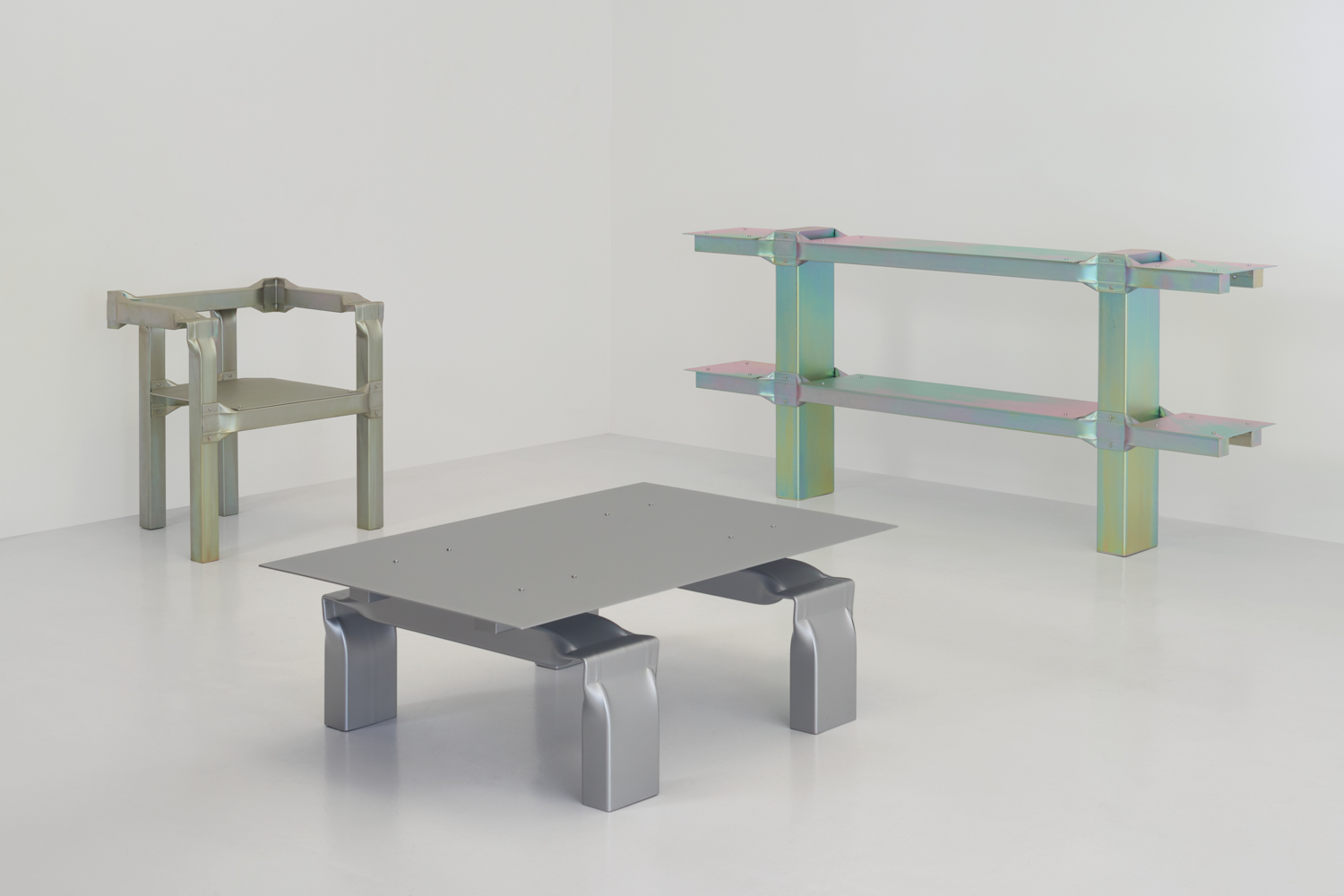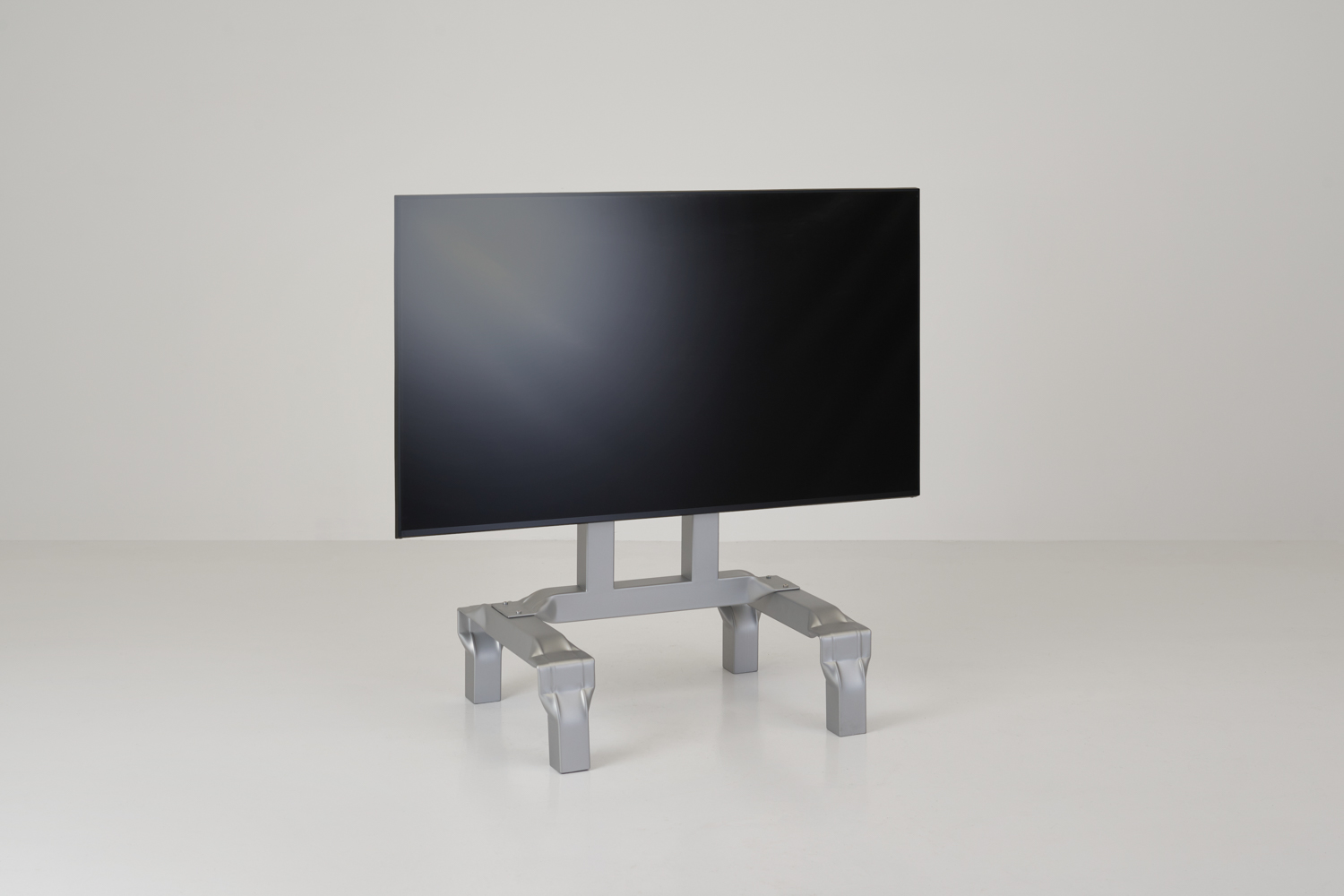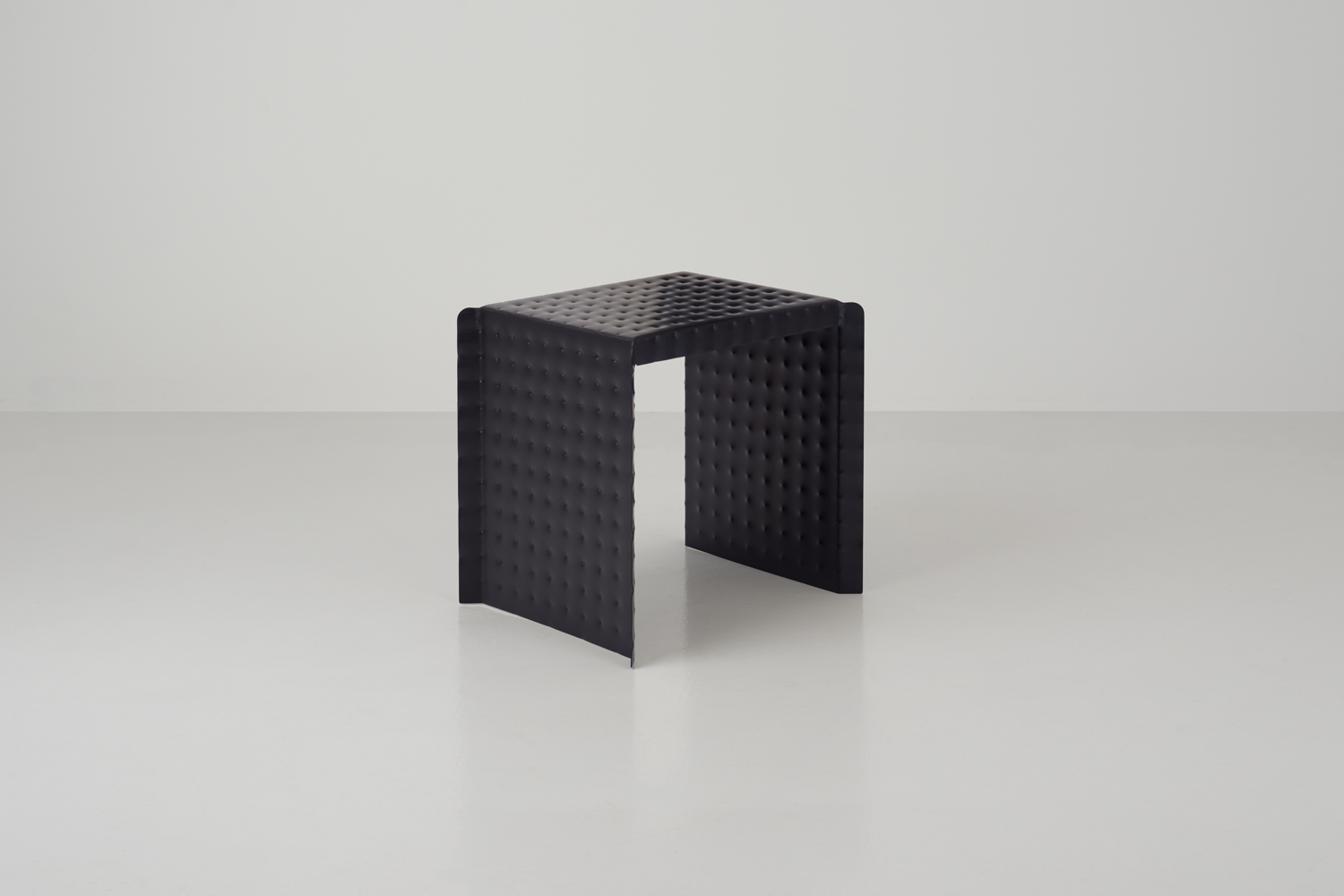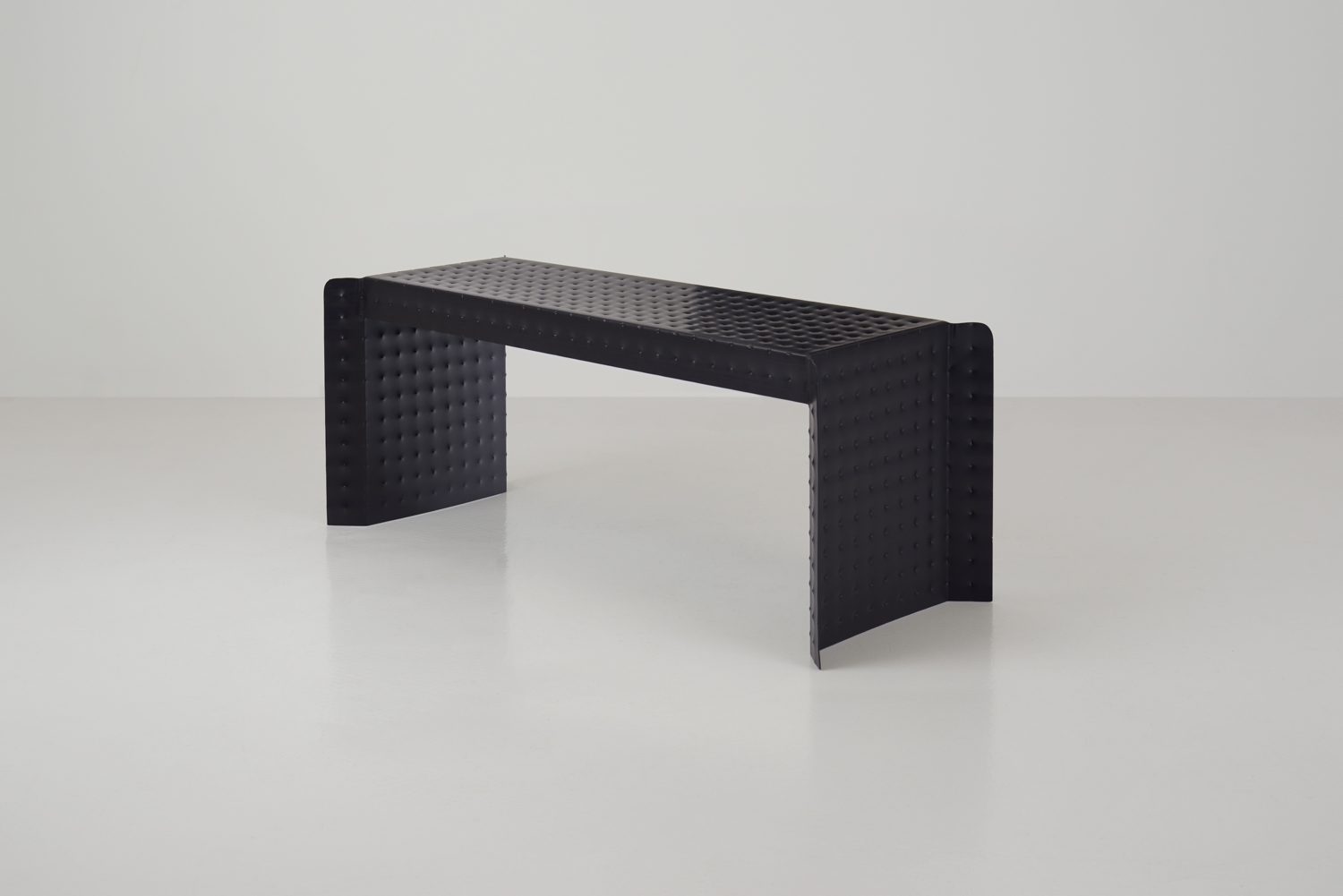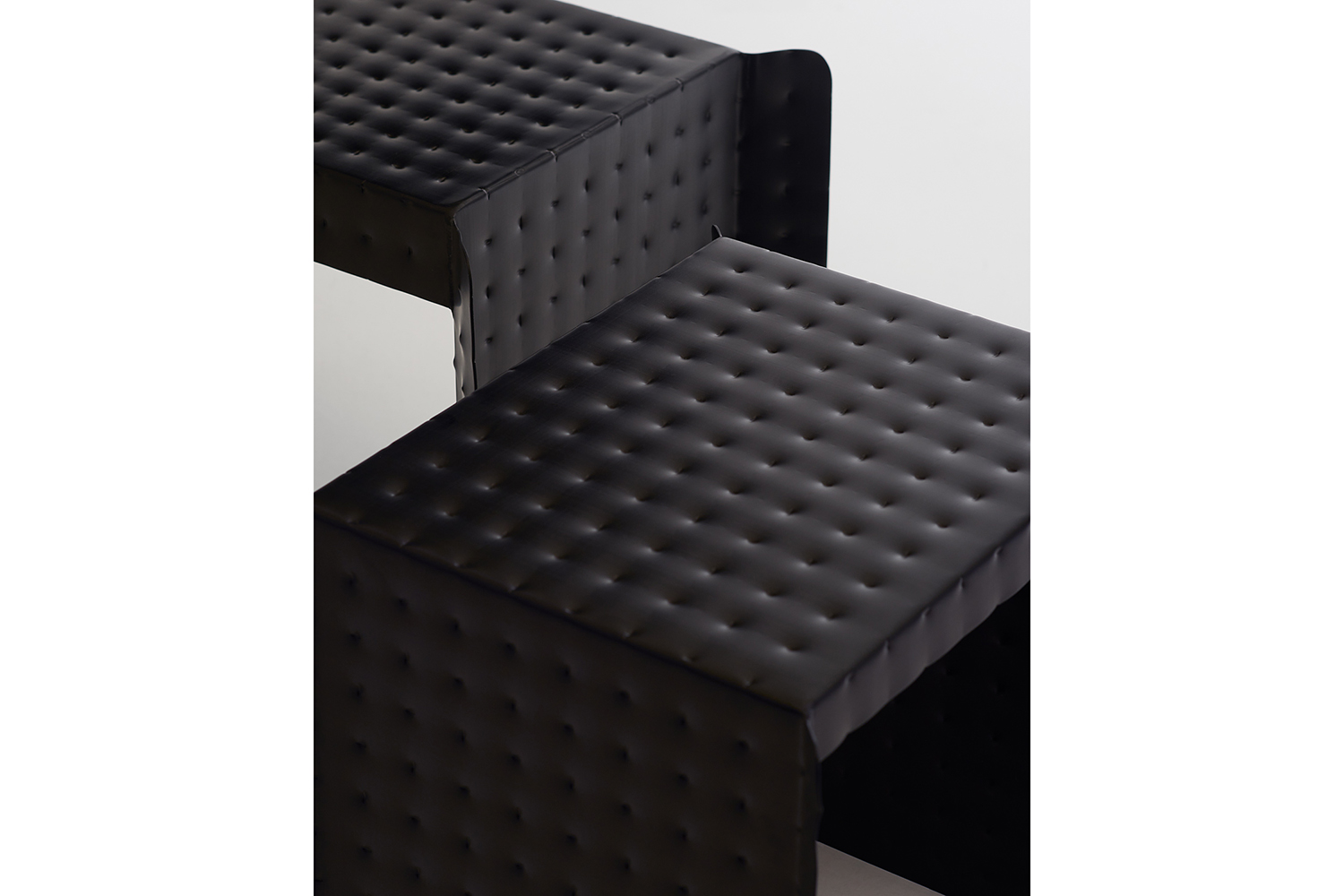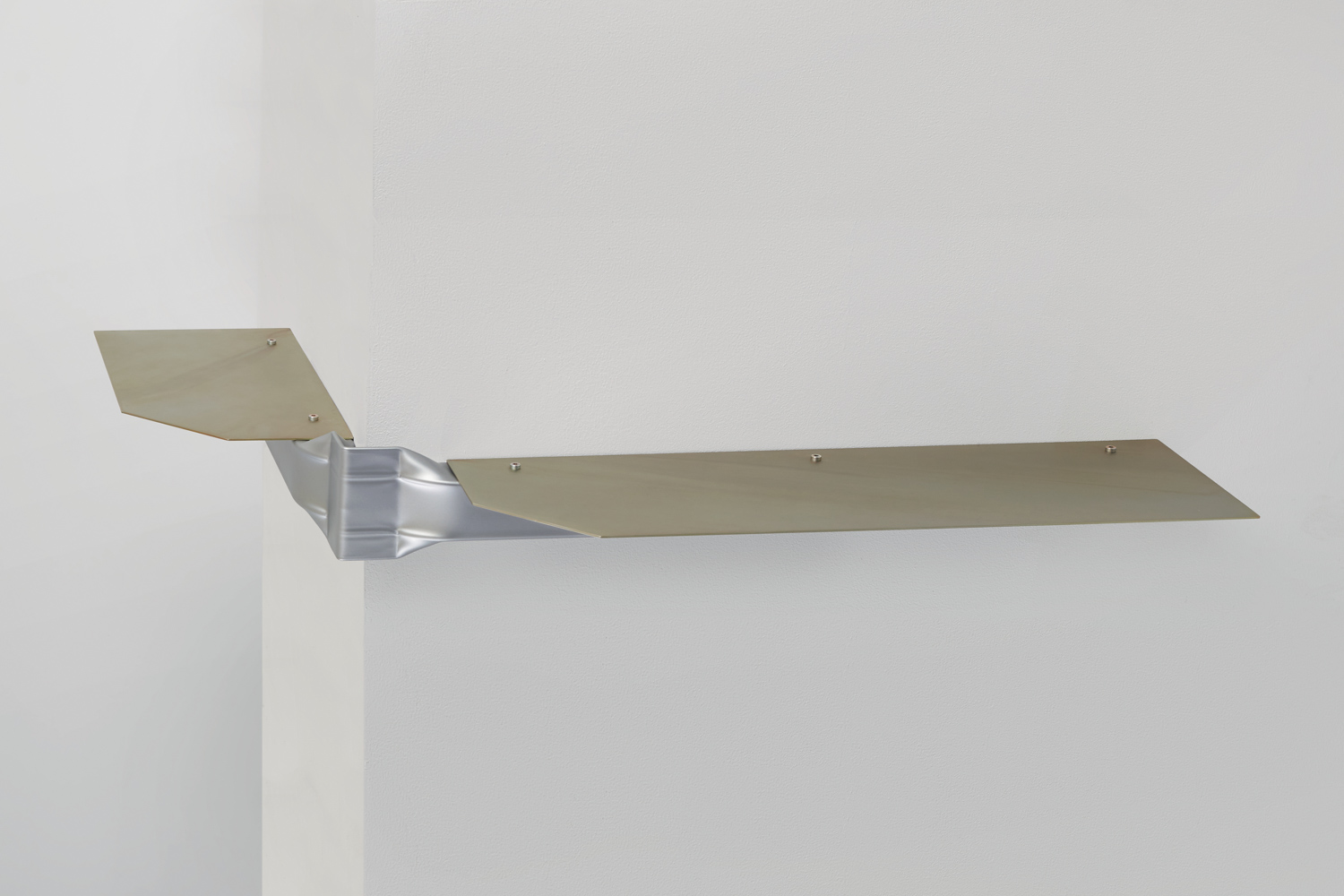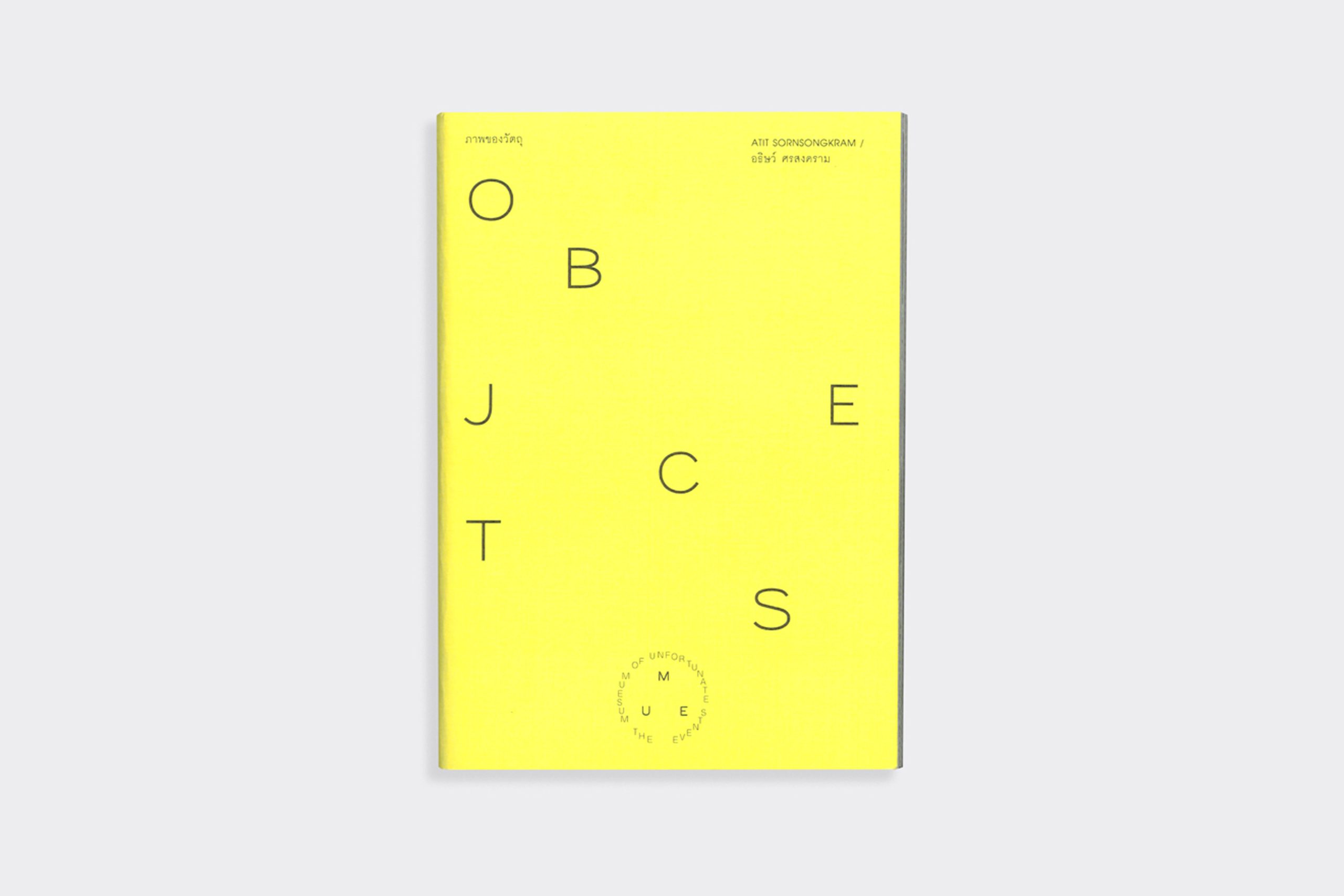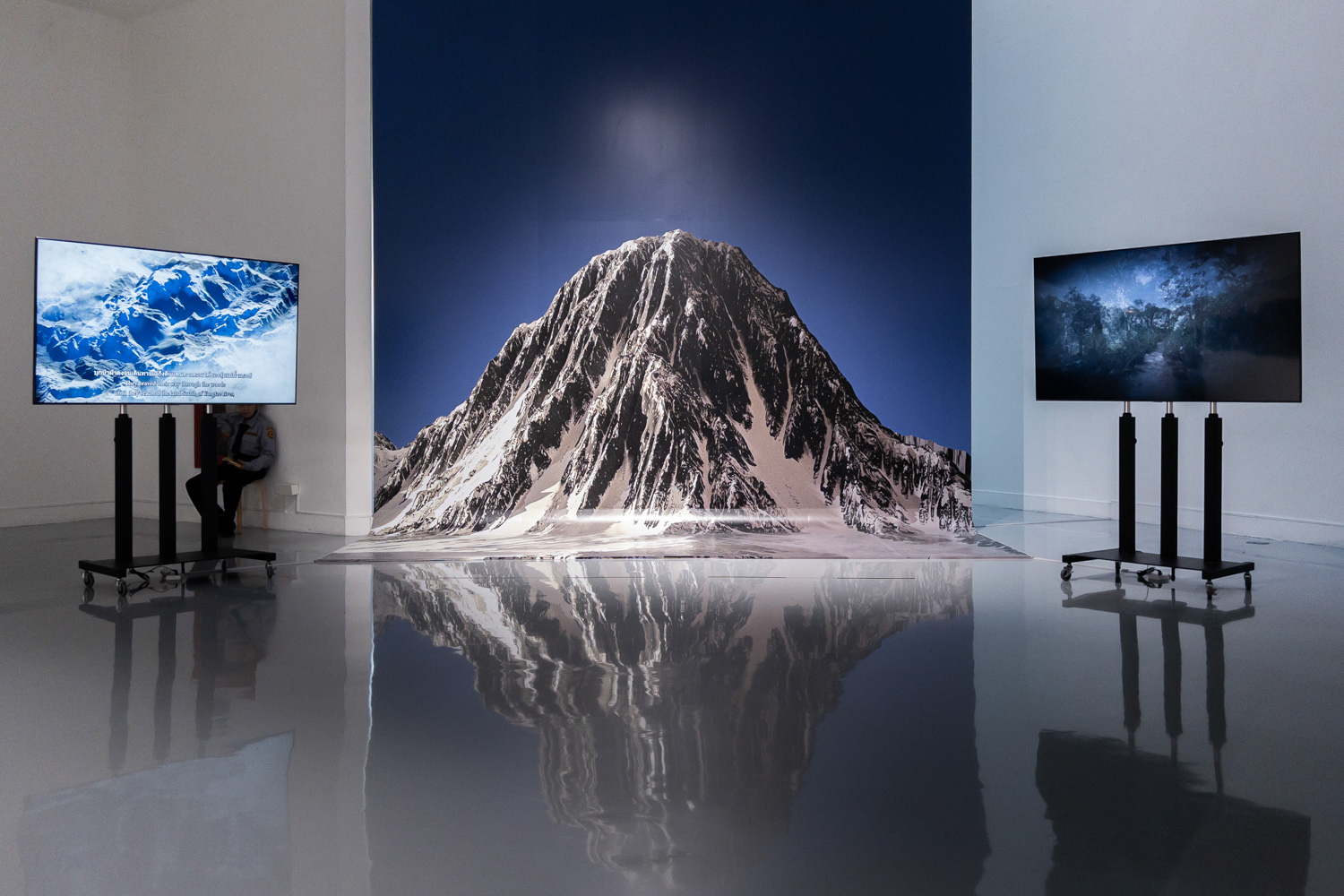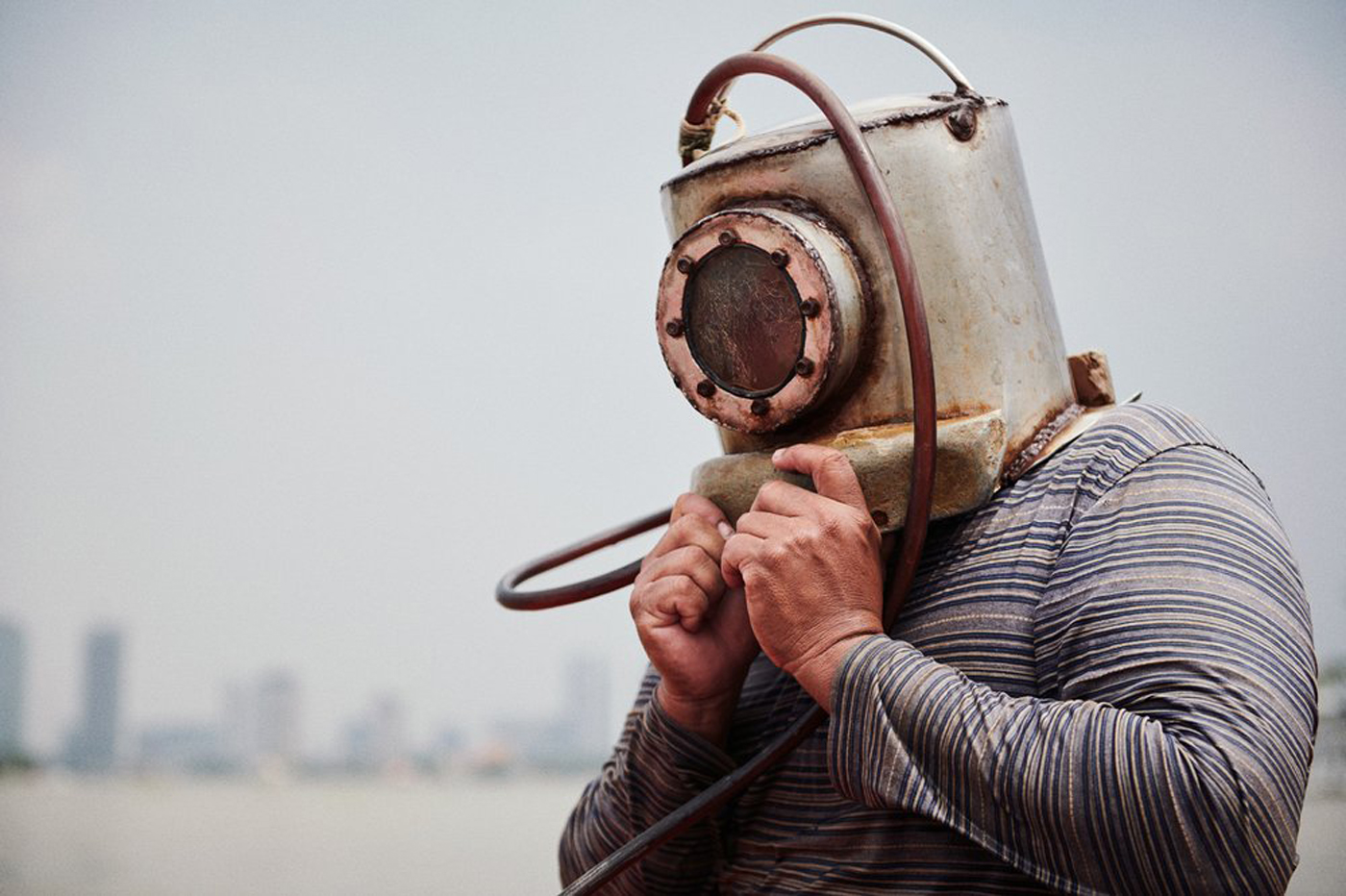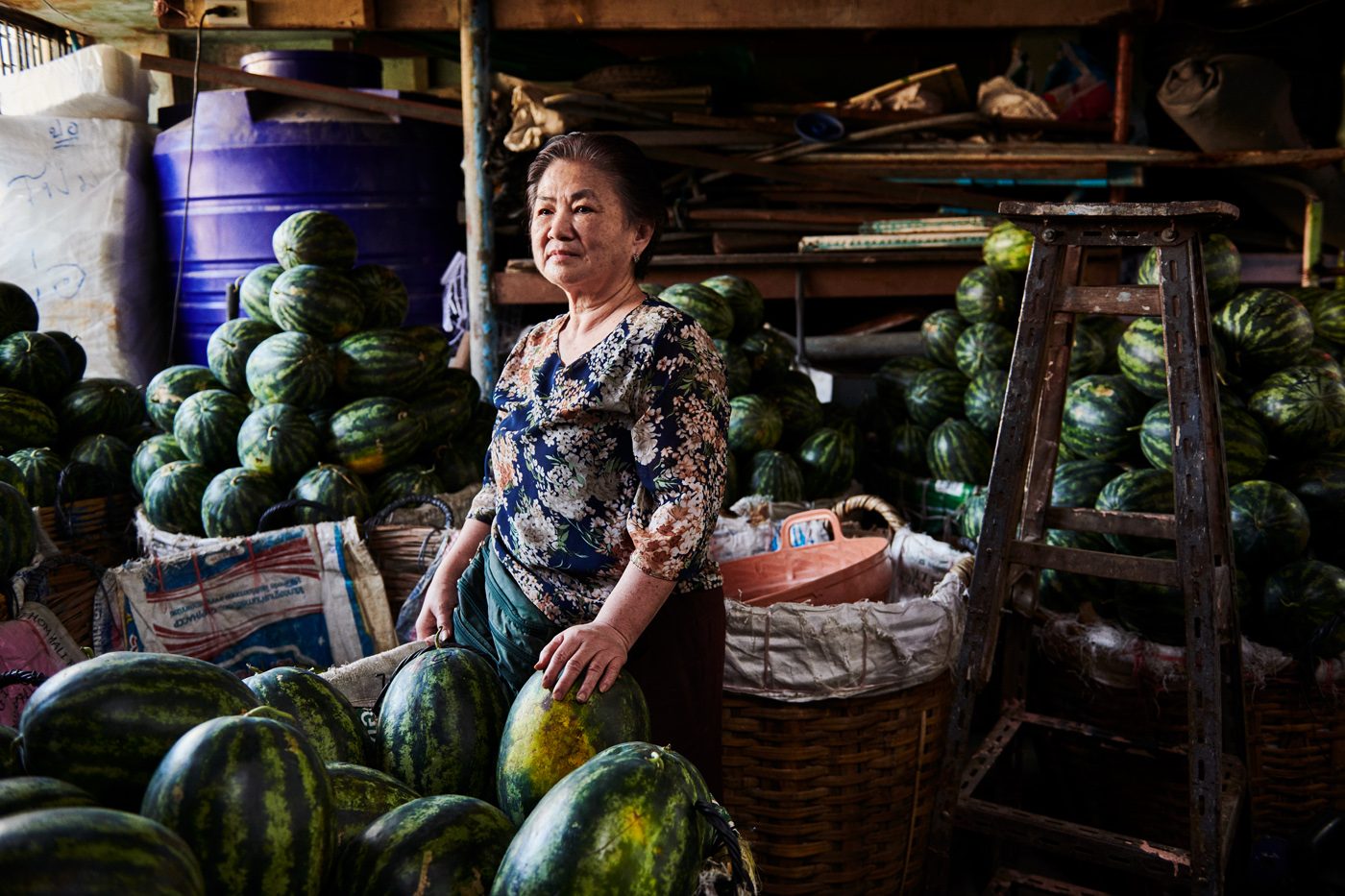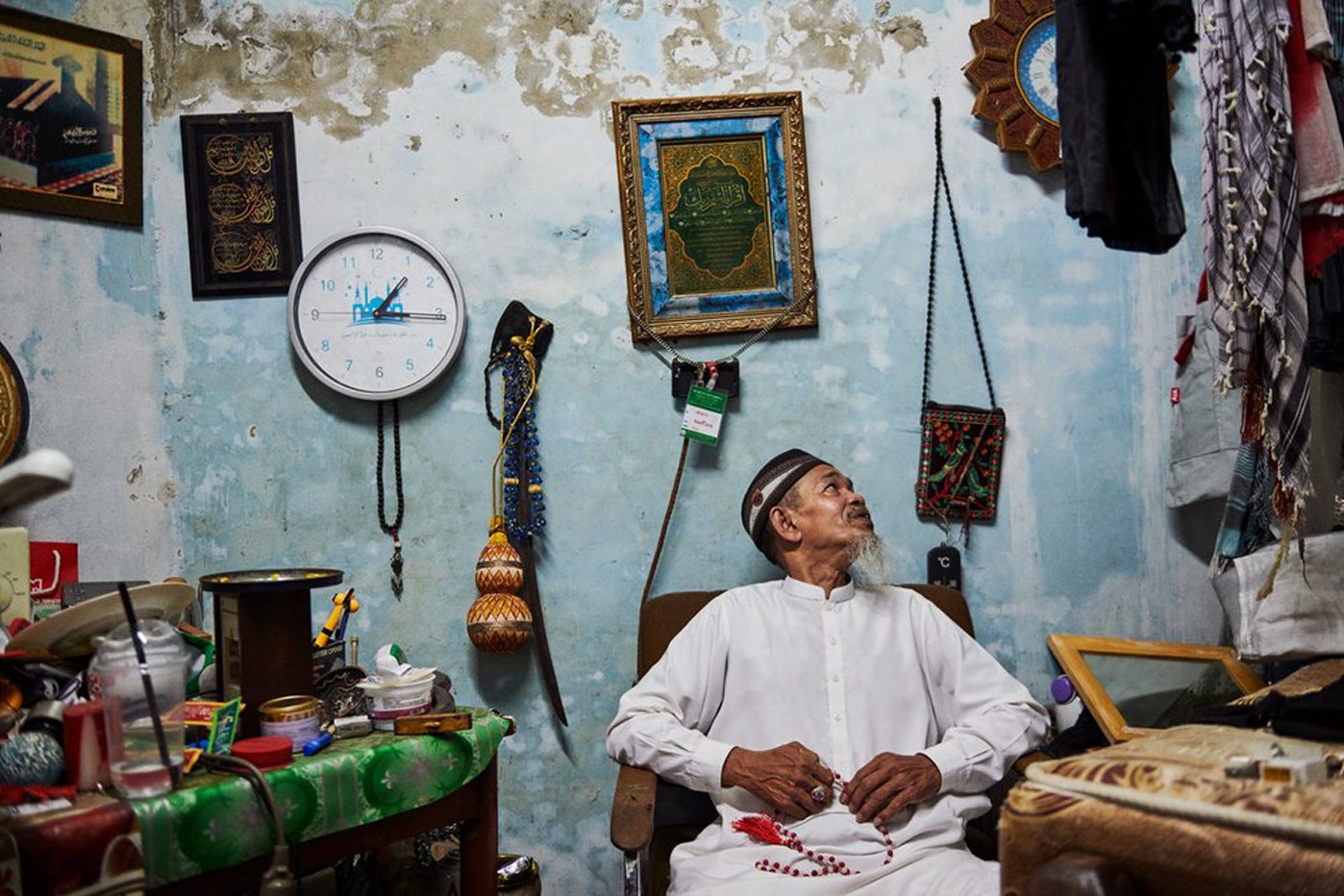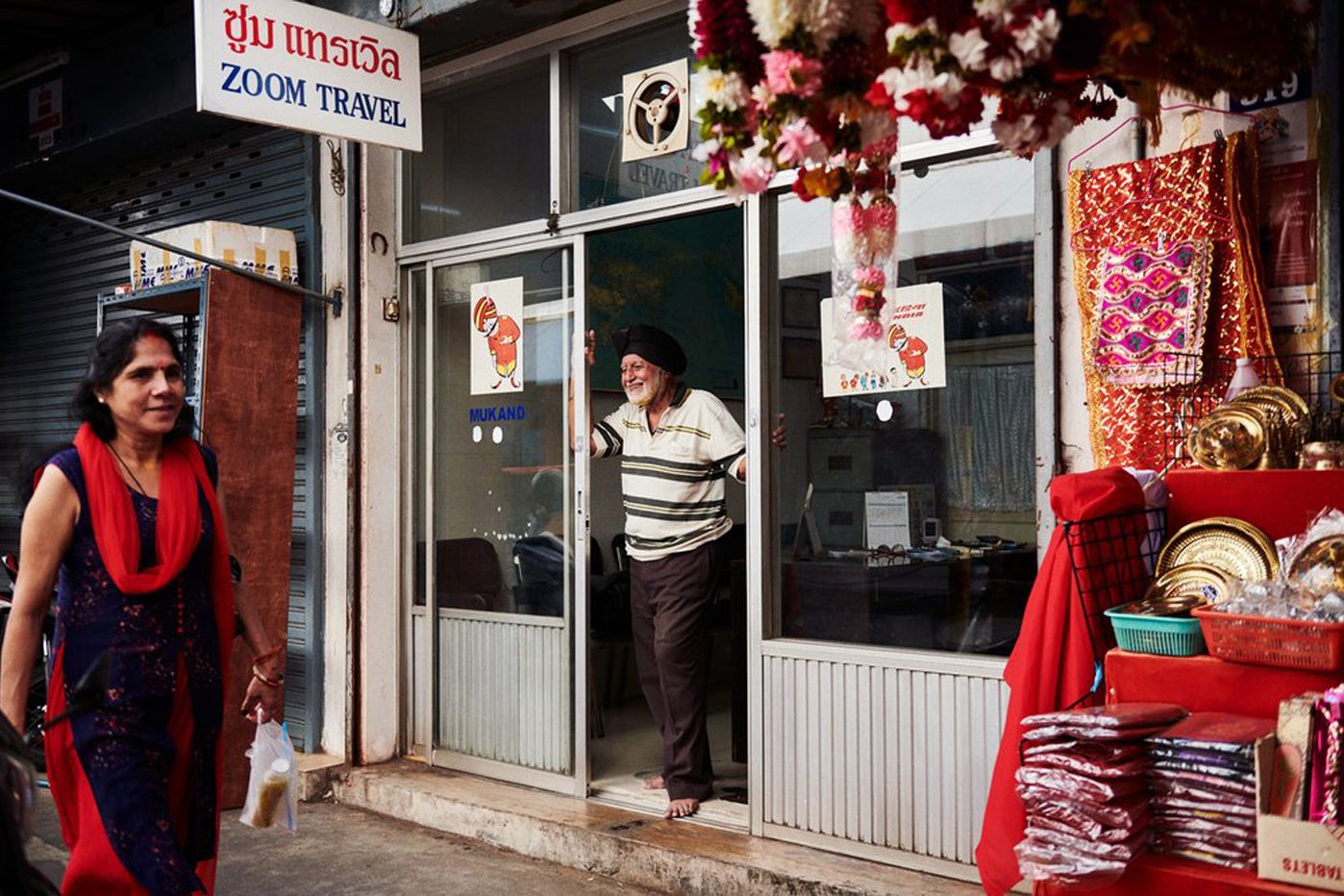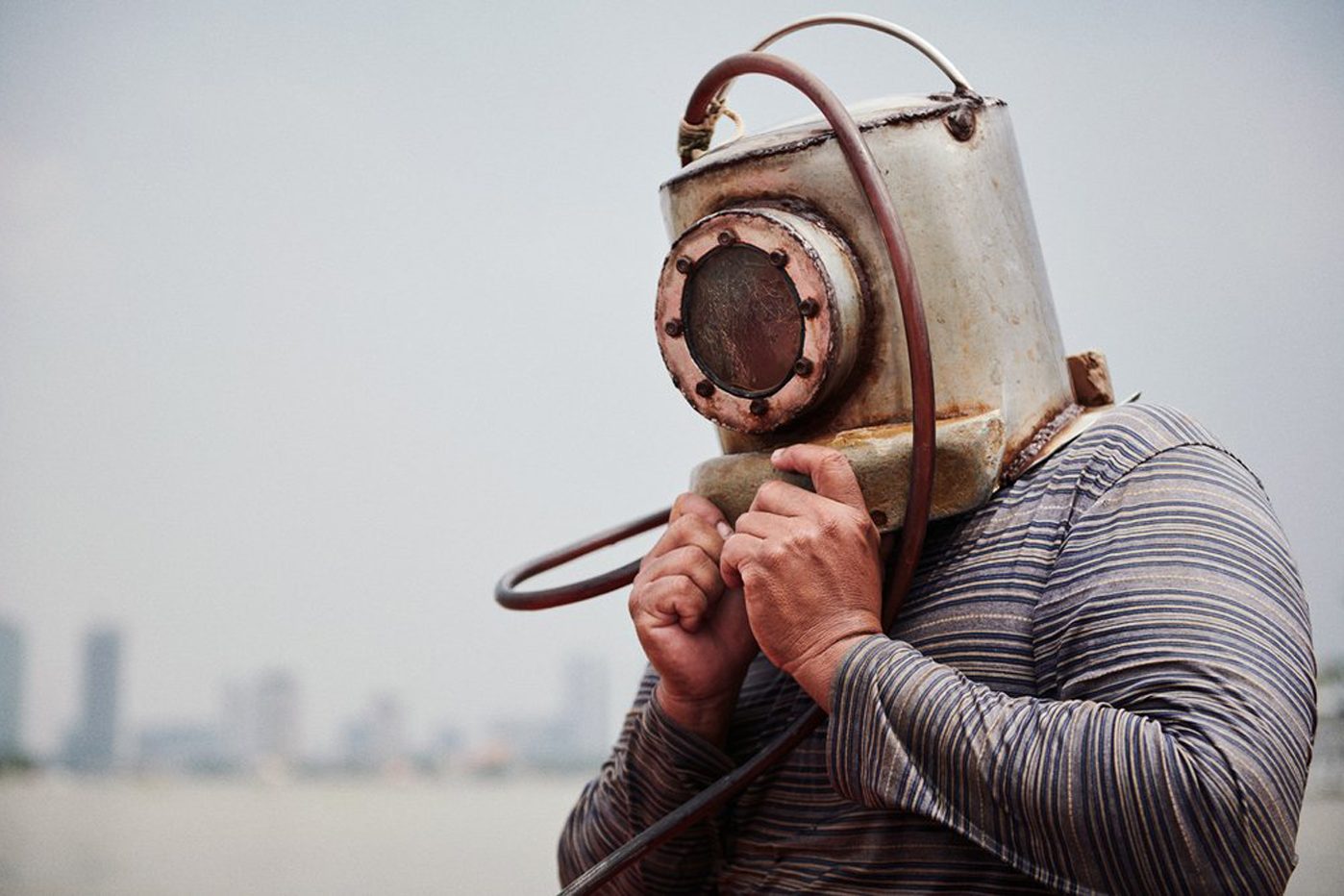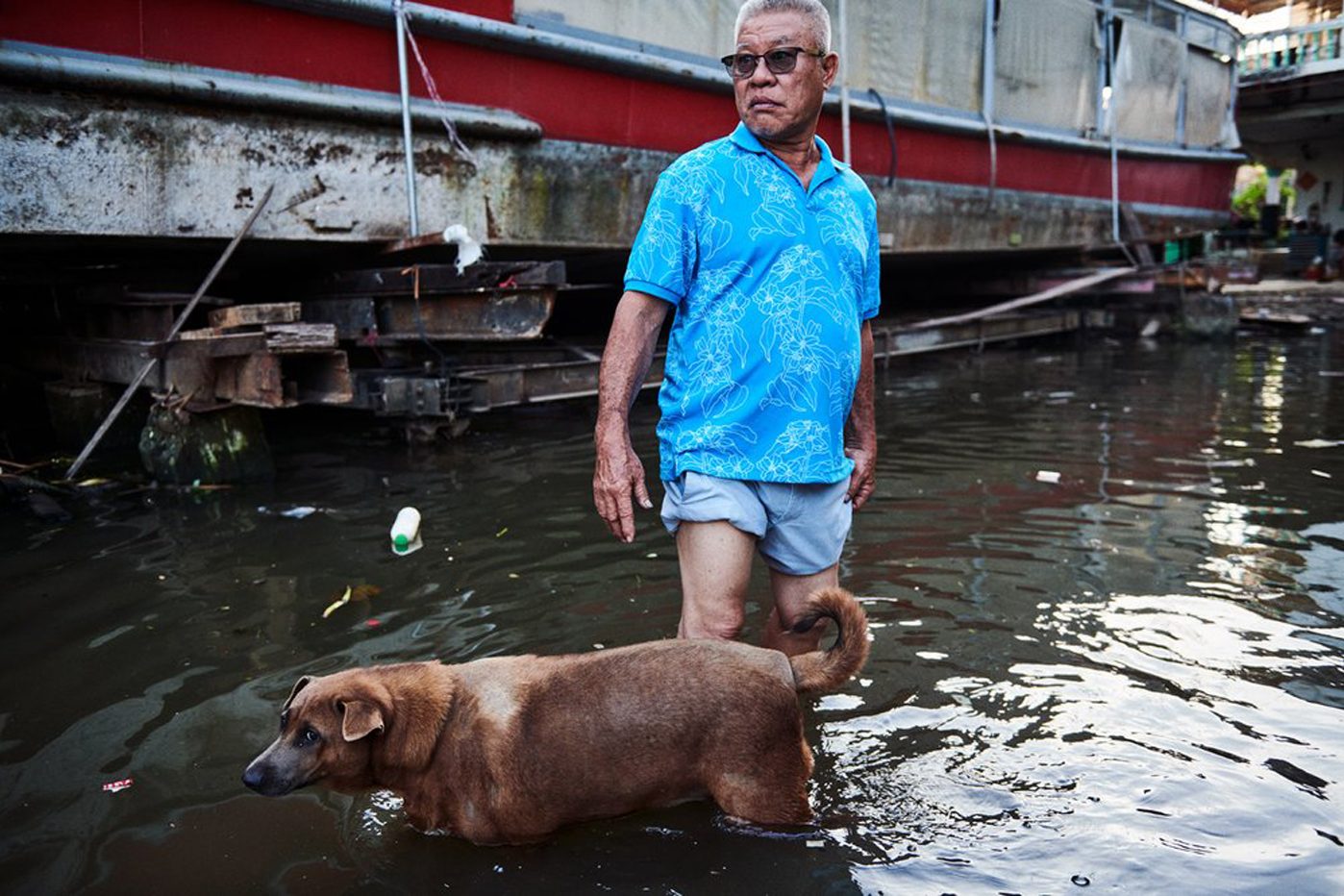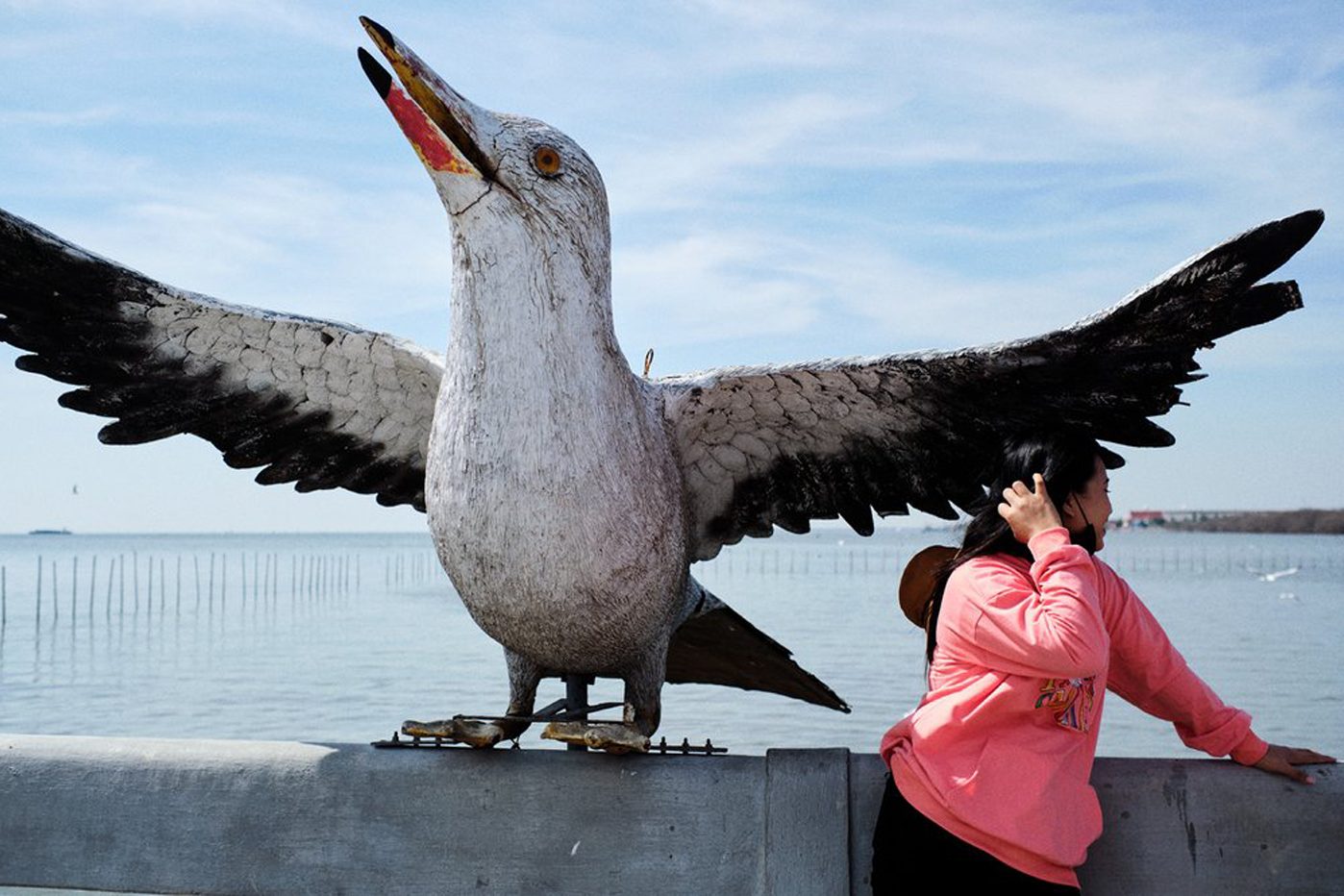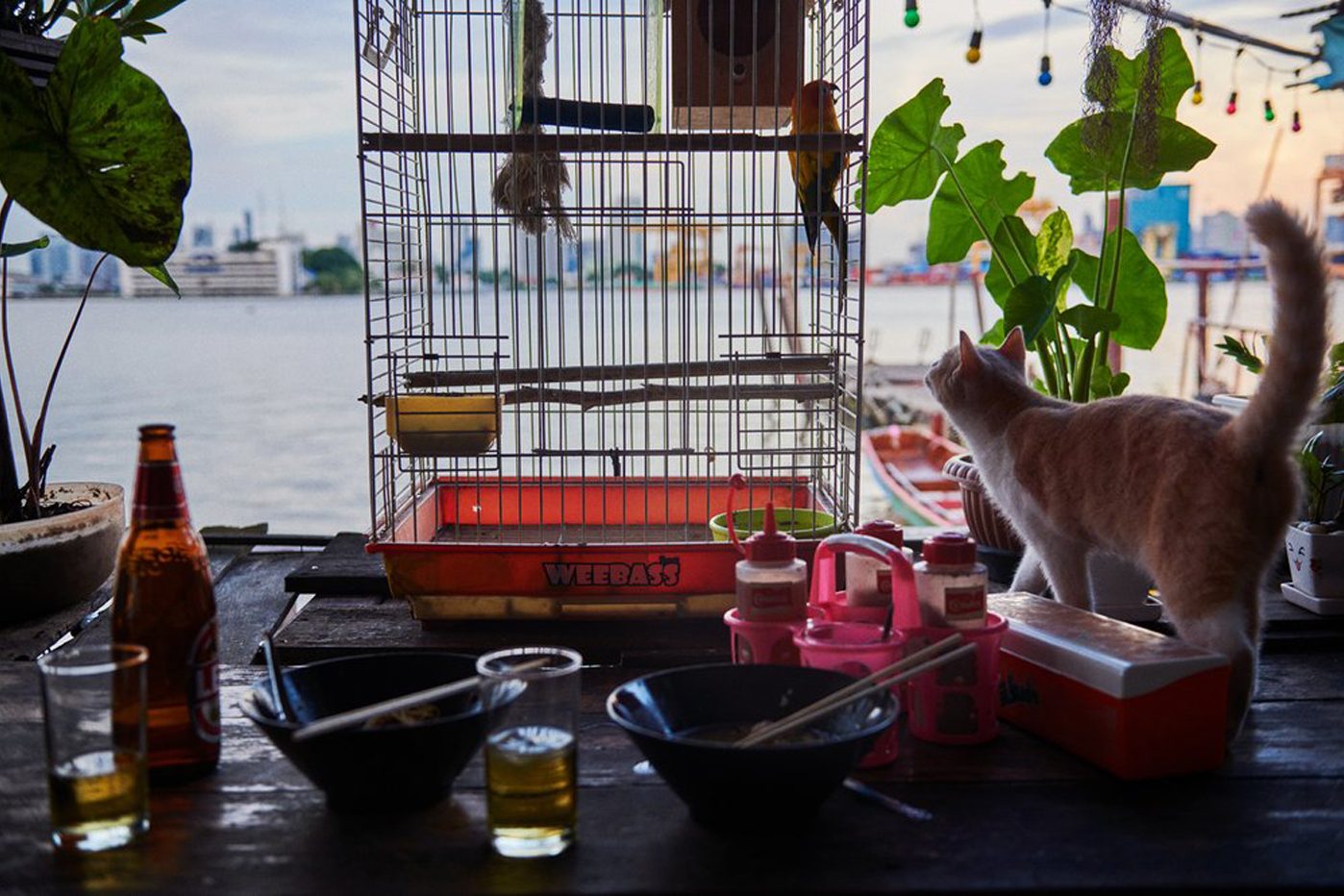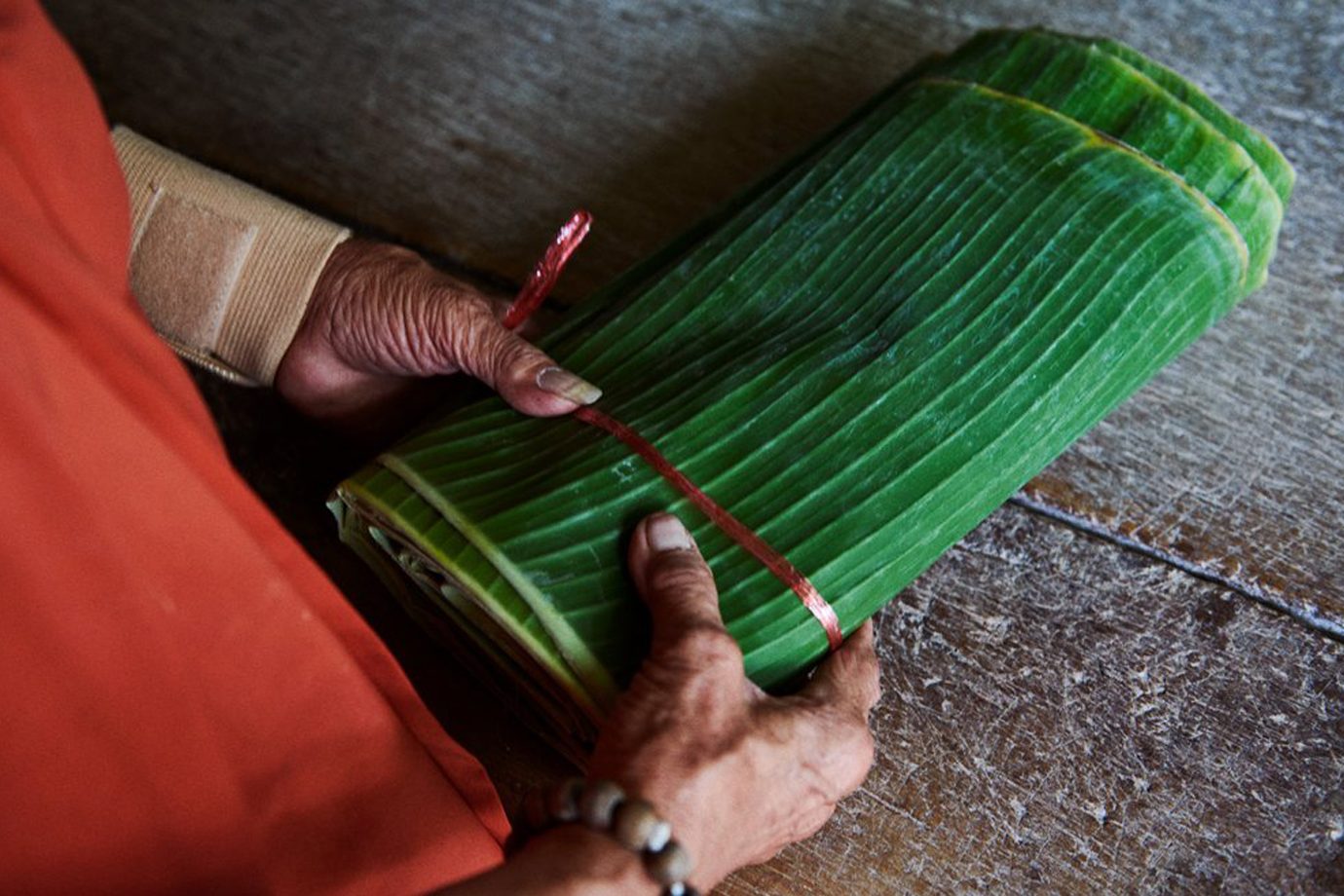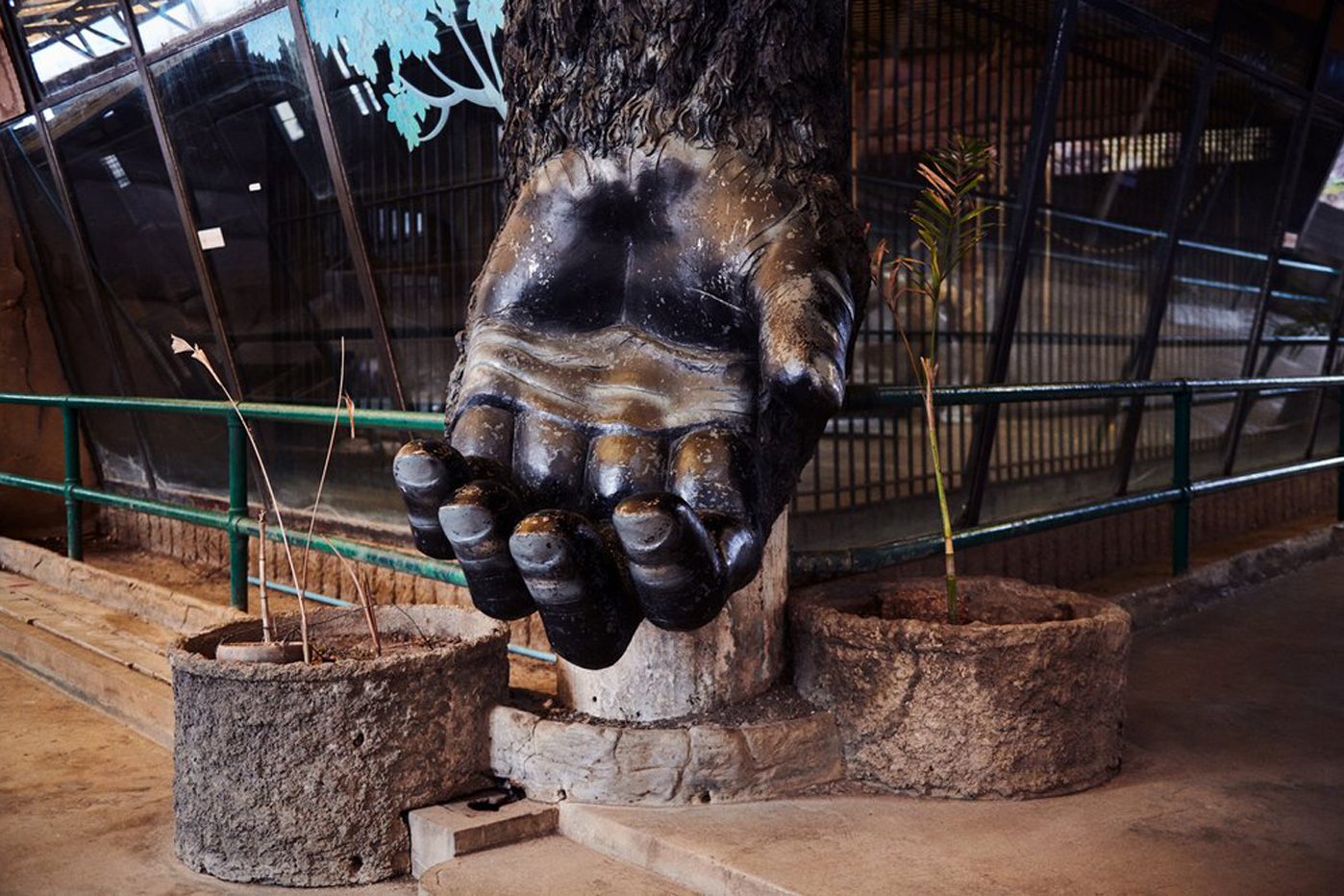All posts by Ketsiree Wongwan
PORSCHE: A DESIGN MANIFESTO
A POCKET BOOK FOR PORSCHE’S EXHIBITION IN BANGKOK NARRATES THE PRINCIPLES AND PHILOSOPHY OF ITS DESIGN LINKING ITS AUTOMOTIVE ARTISTRY WITH ITS OTHER BRANDED CREATIONS
‘808080’ (ERROR OBJECTS)
AN EXHIBITION INVITES VIEWERS TO SHARE THEIR THOUGHTS ON THE TWISTED, DEFORMED, AND ADAPTED APPLIANCES TRANSFORMED INTO ‘ERROR’ ONES
SWITCH: COMME DES GARÇONS 50TH ANNIVERSARY ISSUE
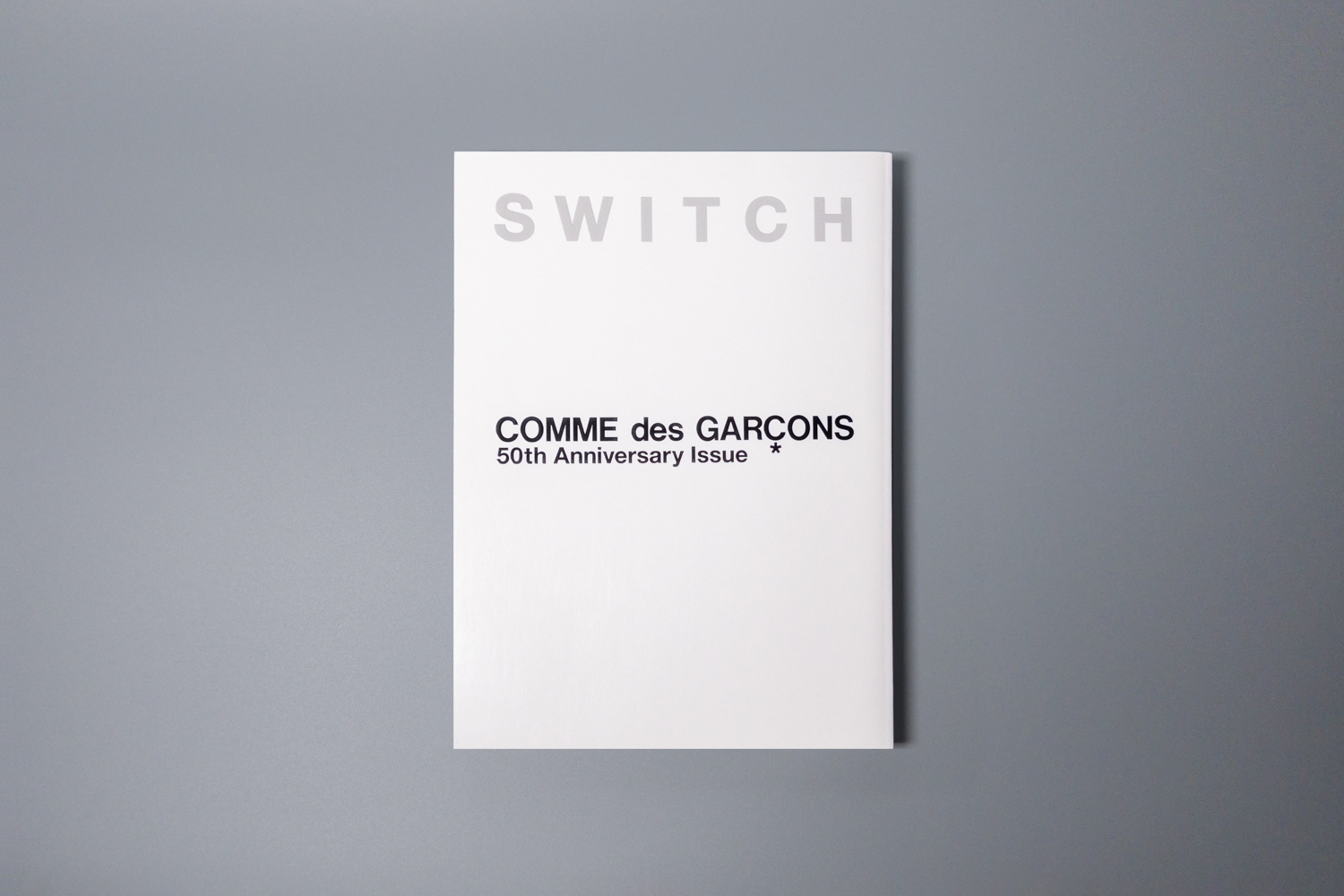
PEEK INTO THE SPECIAL MAGAZINE WHICH DOCUMENTS COMME DES GARÇONS’ EVOLUTION AND FEATURES DOVER STREET MARKET, A HIGH-END FASHION RETAIL CONCEPT STORE WHERE A FEW DESIGNERS HAD THE OPPORTUNITY TO START THEIR CAREERS
Read More
ARCHITECTURE ANOMALY
TEXT & IMAGE: SAUL KIM
(For Thai, press here)
Our minds are programmed to follow the preconceived notions set by society. Whatever defies the convention seems ‘anomalous.’’ Architecture Anomaly is a design study series initiated by Saul Kim to experiment with architectural elements in unconventional ways to discover new ways of assembling and inhabiting.
Inspiration comes from anything that is design-related but not architecture. This allows the designer to be able to avoid doing what has already been done before. Design should not have rules. We tend to set up our own rules when we learn something and start to believe that it is wrong to do things the other way. For example, we are taught in architecture school that a floor slab should be placed horizontally, have a certain thickness, and be placed above structural beams to provide habitable space. This is the understanding of ‘floor slab’ from a human perspective because it was learned, through hundreds of years of evolution, that it is the most practical and efficient way to provide habitable space. But if we were to step back and lose the preconceived notion of what it is, what it was made for, how it should be used in a building, etc., we would start to see the thing in itself within a floor slab. Essentially, it is a thin piece of surface that we are able to now morph into something different. Maybe this surface wants to fold, crumble, or get cut to become something else. By asking ontological questions about these architectural elements, we can freely break away from their initial purpose of existence to discover new meanings.
_____________
Saul Kim is an architectural designer based in Seoul. He began his architectural journey in Singapore and moved to Los Angeles to earn a Bachelor of Architecture degree from the Southern California Institute of Architecture (SCI-Arc) and a Master of Architecture degree from Harvard University Graduate School of Design. In 2020, Saul launched the Architecture Anomaly design research series, offering planning and design services. He also teaches at Hongik University as an adjunct professor and a lecturer at Kaywon University of Art and Design.
LANDSCAPE OF EMPTINESS
THE ART EXHIBITION ‘LANDSCAPE OF EMPTINESS’ SHOWCASES SANITAS PRADITTASNEE’S ARTWORKS WHICH REPRESENT THEIR EXISTENCE INSIDE THE EMPTINESS
THE TUBE COLLECTION
TEXT: TIM TEVEN
PHOTO: PIERRE CASTIGNOLA
(For Thai, press here)
The Tube Collection is a series of works derived from material experiments, which include mechanical actions to deform the metal. Out of these experiments, I obtained processing systems that allow me to effectively exploit the material properties and the properties of the accruing deformation in shape: technical and mechanical gestures that translate into a self-made aesthetic.
Blurring the lines between designing every detail and spontaneous outcomes, the work shows an interplay between mechanical and hand-made gestures.
_____________
Tim Teven (1993) is a Dutch designer who graduated from Design Academy Eindhoven in 2018. Treating materials in an unconventional way to rethink the process of making allows him to find surprising techniques, which can then be translated into functional yet interesting objects. Teven works from his design studio, which was founded in 2018 and is based in Eindhoven. All the objects are hand-made with industrial craftsmanship.
OBJECTS
WHEN THE OBJECT IN THE IMAGE SHOT BY ATIT SORNSONGKRAM WAS ISOLATED FROM THEIR SPATIAL CONTEXT, THE QUESTION IS, WERE THESE ‘OBJECTS’ REVEALING THEIR TRUE FORMS OR JUST CREATIONS FROM ATIT’S BIAS?
EARLY YEARS PROJECT #7: A CHANGE IN THE PARADIGM
BANGKOK ART AND CULTURE CENTRE (BACC) HOLDS THE 7TH EARLY YEARS PROJECT EXHIBITION WHERE SEVERAL PROMISING ARTISTS SHOWCASE OUTSTANDING ARTWORKS REFLECTING THEIR VIEWS ON MODERN THAI SOCIETY
PHOTO ESSAY : BANGKOK ARCHIVE
TEXT & PHOTO: ULF SVANE
(For Thai, press here)
Bangkok Archive is a visual narrative of historic Bangkok. Driven by curiosity and a love for the city, we visit old, authentic places and talk to the people who keep these places alive. Due to rapid economic development, these places are constantly at threat of gentrification, relocation and closure. We consider ensuring a lasting memory of these places an urgent task.
As newcomers enter and new demands and habits emerge, with each passing year the city loses some of its distinct cultural-historical identity. With each refurbishment and demolition, the city’s décor is irreparably changed. At the same time, rising house prices in the city center push large segments of the population further out into the suburbs. Hand in hand with the relocation of people follows the departure of traditional businesses and small industries. Their way of life had set the standard for the environment and appearance of the city for decades. Traditional places to meet, eat, and drink with friends and family, or have your clothes washed or your haircut are at risk of disappearing.
We intend to ensure a memory of these places and the personal narratives that hide in plain sight. We wish to remember the city as it used to be and, through this, ask ourselves what kind of city we want to live in in the future. We want to question urban development and the political priorities on which it is based. We believe that the old places are an important part of Bangkok’s identity, worth fighting for and preserving so that new generations can get to know the city’s spirit and so reflect on its future.
Through these efforts, Bangkok Archive contributes to securing a significant and unique part of Bangkok’s cultural heritage for the future.
_____________
Ulf Svane, an award-winning visual storyteller from Copenhagen, Denmark, has gained widespread acclaim for his exceptional work. Specializing in capturing the tapestry of culture, people, and culinary experiences, he now divides his time between Copenhagen and Bangkok. Ulf’s work has been featured in respected publications such as Conde Nast Traveller, Travel + Leisure, National Geographic, Financial Times, and The Washington Post.
bkkarchive.com
ulfsvane.com
instagram.com/ulfsvane


